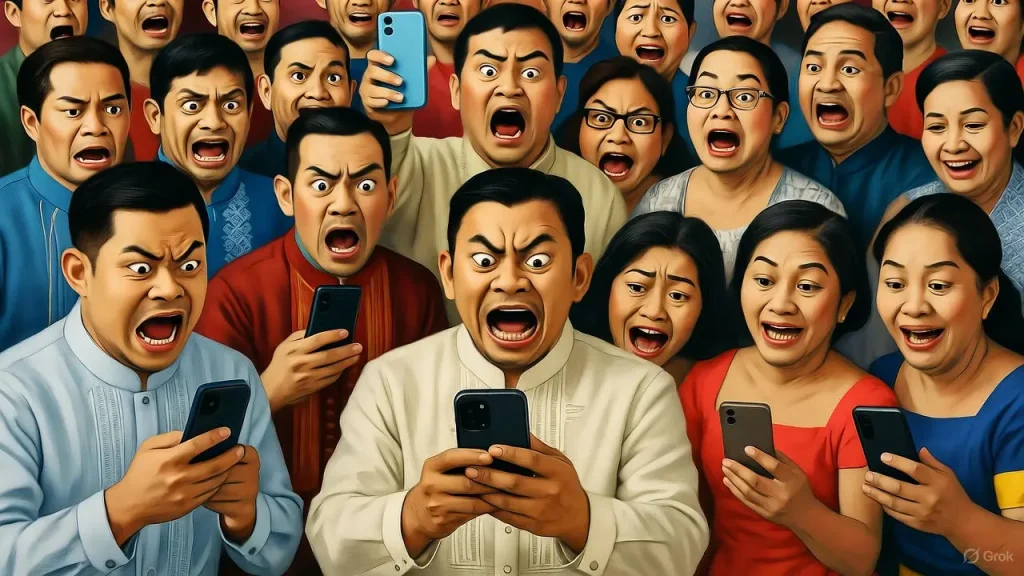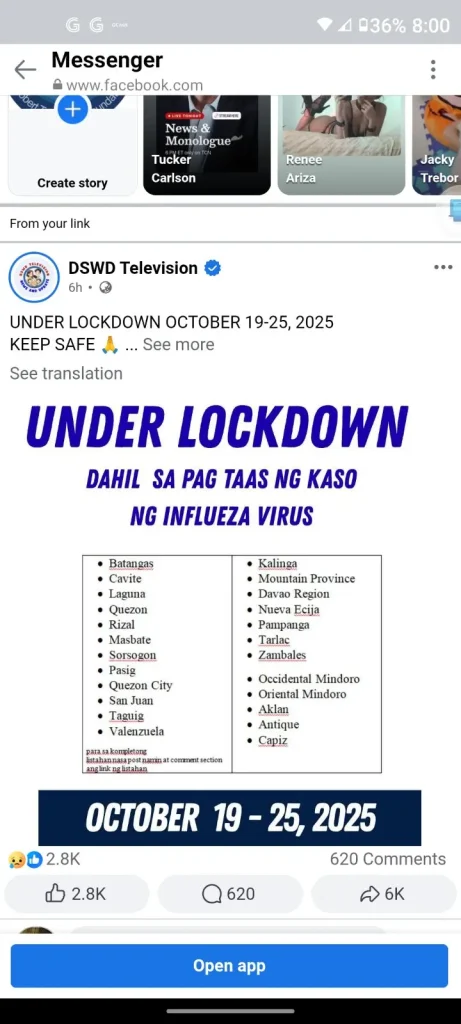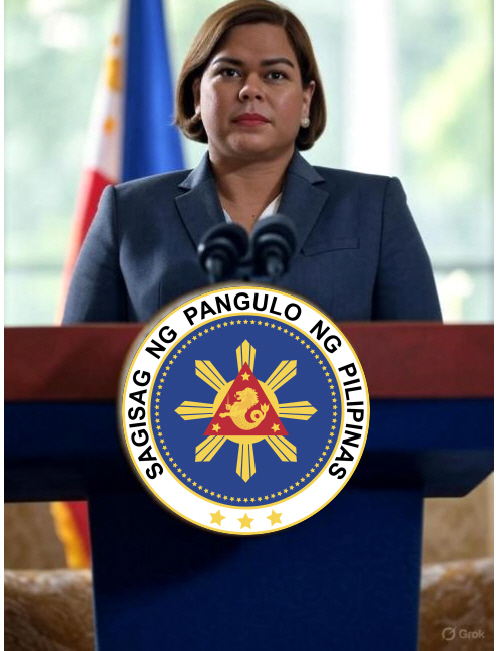
Worldwide, Social Media manipulation, fake news, disinformation and cellphone use addiction is becoming the de facto bane of civilization. Our ability to discern between fact and fiction has been virtually negated under a tsunami of online data, spat out by endless legions of bad actors to prey on innocent, naïve minds. Is this new Devil here to stay, or can we summon the forces of light to push him back into the shadows?
Robert T. Wagner
Clark Field, Pampanga
Oct. 19th, 2025
In the Philippines, a nation known for its vibrant culture, resilient spirit and rambunctious press, a new evil is reshaping society in troubling ways: social media. Platforms like X, Instagram, YouTube, and Facebook have woven themselves into the fabric of daily life, with Filipinos among the world’s most active users, averaging over four hours daily on these apps. While such platforms promise connectivity and empowerment, they are increasingly driving societal disruptions, fostering addiction, spreading disinformation, and undermining the efficiency of government and business operations.
The Addiction Epidemic
The Philippines ranks among the top globally for social media engagement, with over 80 million active users in a population of 110 million. The allure of likes, shares, and viral fame has turned platforms into digital slot machines, keeping users hooked through dopamine-driven feedback loops.
This addiction is not benign; it erodes productivity and focus. Employees spend work hours scrolling through feeds, while students neglect studies for the latest TikTok trends. Businesses report declining efficiency as workers prioritize online clout over tasks, contributing to a broader economic malaise. A 2023 study by the University of the Philippines estimated that excessive social media use costs the economy billions of pesos annually in lost productivity.
Compounding this addiction is the rampant spread of fake news and disinformation, a phenomenon weaponized by both foreign and domestic actors. Chinese and Russian troll farms, known for their sophisticated online manipulation, flood Filipino social media with divisive narratives. These campaigns often amplify polarizing issues – such as territorial disputes in the West Philippine Sea or local political rivalries – to sow discord and weaken national unity. For instance, posts falsely announcing new disease-related lockdowns, foreign meddling or government conspiracies go viral, sparking panic and mistrust.
Locally, groups like the Diehard Duterte Supporters (DDS) contribute to the chaos. The DDS, a network of fervent online supporters of former President Rodrigo Duterte that has morphed into a group of so-called “Online Shit-Stirrers”, often disseminates misleading content to bolster political agendas. Toxic posts, designed to inflame emotions, generate clicks and engagement, benefiting platform algorithms while deepening societal divides. A 2024 report by Rappler revealed that DDS-affiliated pages were linked to coordinated efforts that spread false claims about election fraud to deteriorate trust in democratic processes.
The Chaos-for-Clicks Economy
Social media platforms thrive on this turmoil. Their algorithms prioritize sensational content, rewarding divisive posts with greater visibility to maximize user engagement. Every click, like, or share fuels ad revenue, creating a perverse incentive to amplify chaos. In the Philippines, where emotional and reactive discourse is a cultural norm, this dynamic is especially potent. Viral hoaxes, like the 2022 rumor of a “new COVID variant” in Manila, led to unnecessary panic and strained public health resources, yet garnered millions of views for content creators.
This chaos-for-clicks model undermines governance. Policymakers, overwhelmed by public outrage fueled by misinformation, struggle to focus on long-term planning. For example, during the 2023 energy crisis, false narratives about government mismanagement dominated X, drowning out factual discussions and delaying solutions. Businesses, too, face challenges, as consumer trust erodes amid online scams and smear campaigns. A local retailer, JKL Mart, saw sales plummet after a viral (and debunked) post accused it of selling contaminated goods.

Society on the Brink
The collective toll is enormous. Social media addiction and disinformation exacerbate polarization, deplete trust, and paralyze institutions. Families report strained relationships as members fall into echo chambers, while communities fracture over fabricated controversies. The resultant mental health crisis is worsening, with a 2024 study linking excessive social media use to rising anxiety and depression rates among Filipino youth, especially in the cities.
Efforts to combat this are underway but face hurdles. The Philippine government has pushed for digital literacy programs, yet these are underfunded and reach only a fraction of the population. Proposed regulations on social media face resistance from tech giants and free speech advocates. Meanwhile, platforms like X and Facebook have introduced fact-checking initiatives, but these are often inconsistent and lag behind the rapid spread of lies.
A Desperate Need for Balance
Social media is not inherently evil. It has connected communities, amplified voices, driven innovation, and become an effective anti-corruption tool. Yet, its unchecked dominance in the Philippines serves as a cautionary tale. To reclaim control, the country must prioritize digital literacy, enforce stricter regulations on disinformation, and foster a culture that values truth (and fact-checking) over virality. Without action, the nation risks sinking deeper into a malaise where clicks trump progress, and division overshadows unity.
This new devil does not wear horns; it thrives on doom-scrolling.


